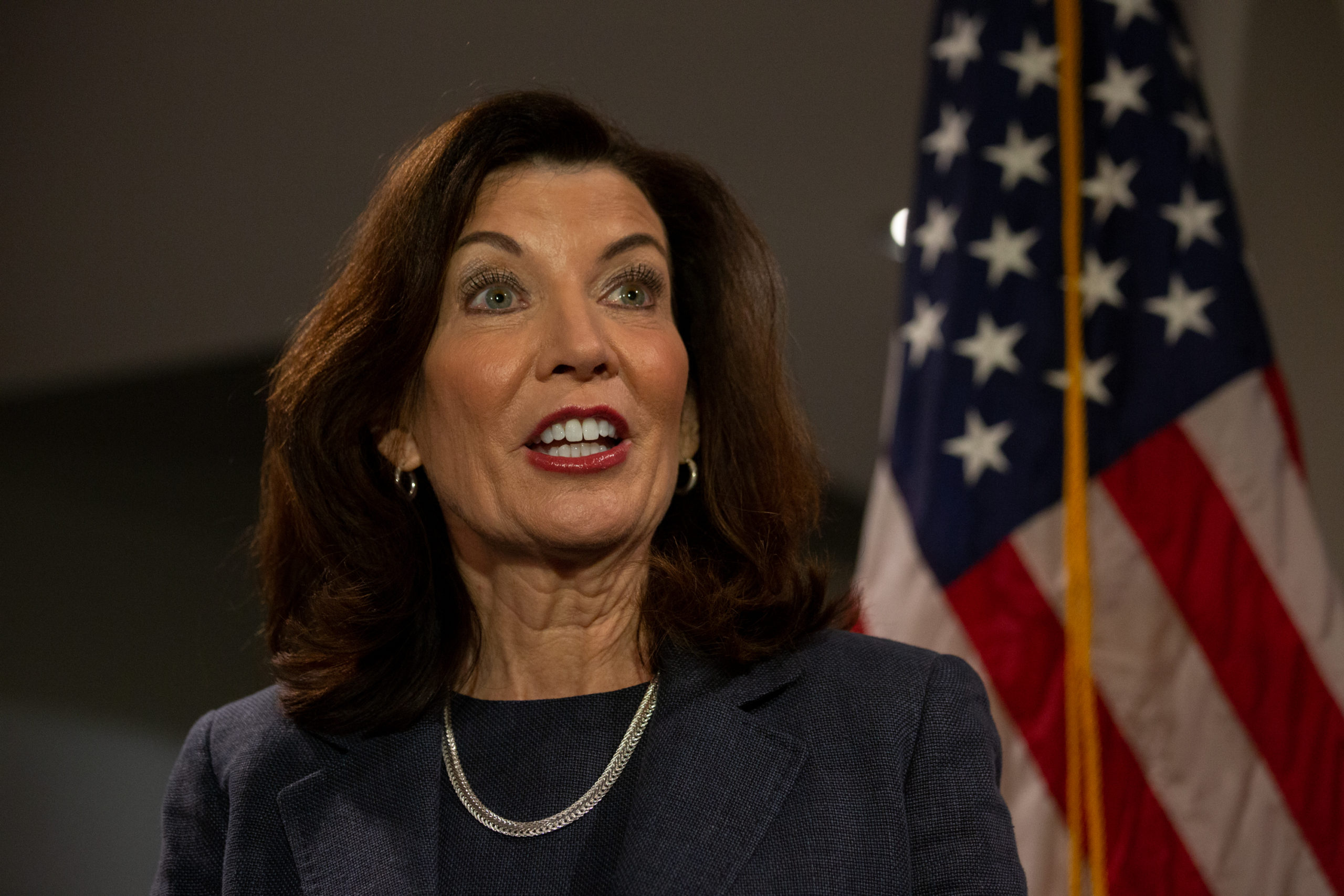Coming State Budget Seeks To Balance Progressive Programs, Spending Caution
Gov. Kathy Hochul seeks to spend an additional $10 billion to help pull New York out of its COVID crisis — sums topped by the legislative leaders she’s negotiating a final deal with. Business leaders warn New York can’t afford extensive new commitments.

 This article was originally published on by THE CITY.
This article was originally published on by THE CITY.
With less than two weeks to go until the state needs to have a budget in place for the next fiscal year, Gov. Kathy Hochul and Democrats in the legislature remain as much as $9 billion apart on how much Albany should spend.
To reach a compromise, they will have to balance three competing priorities: new infusions for COVID relief programs, increasing money for child and home health care, and putting aside money to prevent fiscal disaster when the next economic downturn comes.

Brooklyn Boro
View MoreNew York City’s most populous borough, Brooklyn, is home to nearly 2.6 million residents. If Brooklyn were an independent city it would be the fourth largest city in the United States. While Brooklyn has become the epitome of ‘cool and hip’ in recent years, for those that were born here, raised families here and improved communities over the years, Brooklyn has never been ‘uncool’.